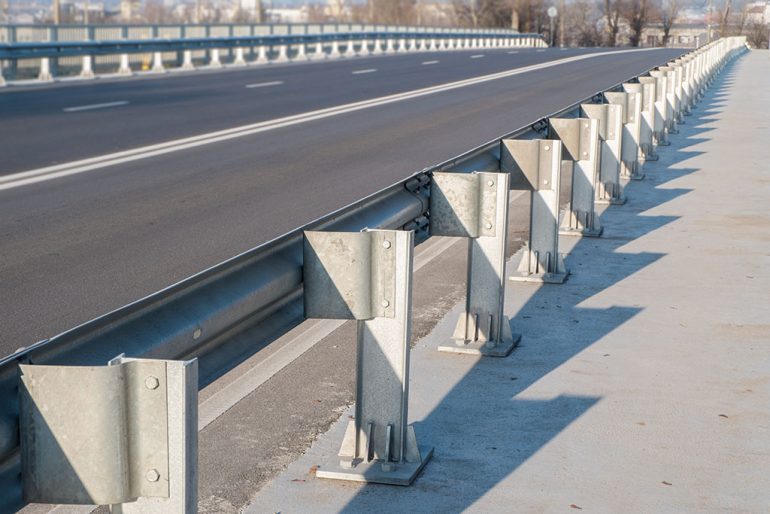
Crash tests conducted by engineers at a University of Nebraska road safety facility have raised concerns about the ability of highway guardrails to withstand collisions involving heavier electric vehicles (EVs). During a recent test, a nearly 4-ton 2022 Rivian R1T EV plowed through the guardrail, highlighting a potential safety issue as EVs gain popularity.
The test was conducted to evaluate how well the guardrail, commonly found along U.S. roadways, could withstand impacts from larger vehicles like EVs, pickups, and SUVs, which often weigh significantly more than traditional gas-powered sedans. Cody Stolle from the university’s Midwest Roadside Safety Facility explained that the guardrail system was not designed to handle vehicles exceeding 5,000 pounds, a weight limit that many modern pickups and SUVs already surpass. The National Transportation Safety Board (NTSB) has expressed grave concerns in the past about the safety risks associated with heavy EVs on current American roadways, highways, and Interstates.
This concern isn’t entirely new. Stolle’s team had encountered similar issues in the 1990s when the increasing prevalence of pickups and SUVs revealed the inadequacy of the existing guardrail system designed decades ago. Today, with pickups and SUVs constituting over half of the vehicle fleet, the problem has become more pronounced.
While EVs offer superior occupant protection due to their design, their weight poses a risk in collisions with lighter vehicles. Guardrails serve as crucial safety measures to prevent vehicles from leaving the roadway, particularly in hazardous areas. However, the increasing weight of EVs, driven by the substantial batteries required for longer travel ranges, presents a challenge for existing guardrail systems.
Michael Brooks, from the Center for Auto Safety, emphasized the importance of addressing the weight disparity issue, especially as larger EVs enter the market. He noted that not only does it affect guardrail compatibility, but it also impacts infrastructure like parking structures designed for lighter vehicles.
Stolle emphasized the need for collaboration between transportation engineers and vehicle manufacturers to address these challenges effectively. As EVs become more prevalent, urgent action is required to ensure the safety and compatibility of roadside barriers with the evolving vehicle landscape. Further testing and engineering solutions are essential to minimize the risks posed by heavier EVs on the road.
Source: Associated Press